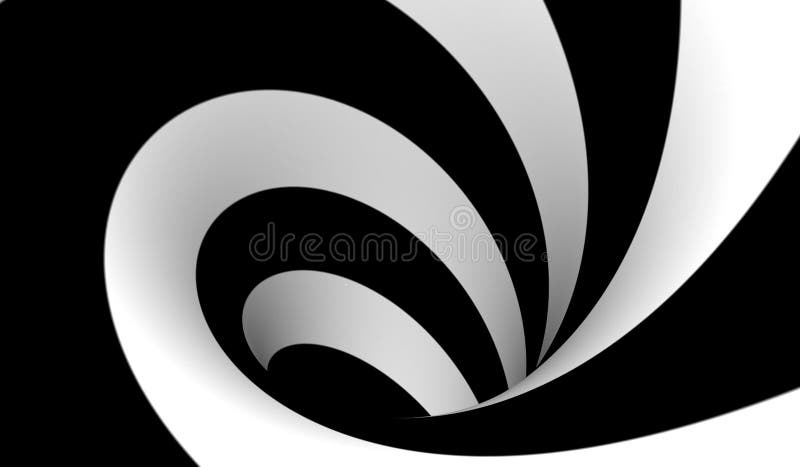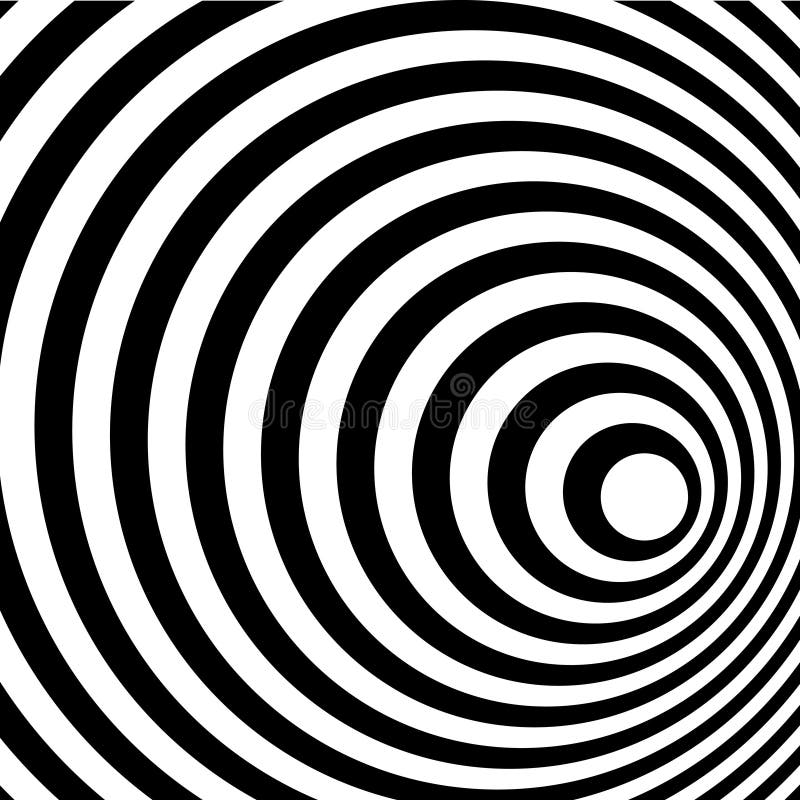

The scotoma area may expand to occupy one half of the visual area of one eye, or it may be bilateral. Vision remains normal beyond the borders of the expanding scotoma(s), with objects melting into the scotoma area background similarly to the physiological blind spot, which means that objects may be seen better by not looking directly at them in the early stages when the spot is in or near the center. It then gradually expands outward from the initial spot. The affected area flickers but is not dark. It typically affects both eyes, as it is not a problem specific to one eye. Many variations occur, but scintillating scotoma usually begins as a spot of flickering light near or in the center of the visual field, which prevents vision within the scotoma area. Signs and symptoms An artist's depiction of a scintillating scotoma with a bilateral arc. It is often confused with retinal migraine, which originates in the eyeball or socket.

Originating from the brain, it may precede a migraine headache, but can also occur acephalgically (without headache), also known as visual migraine or migraine aura. Scintillating scotoma is a common visual aura that was first described by 19th-century physician Hubert Airy (1838–1903). Persistent aura without infarction, Retinal migraineĪrtist's depiction of a Scintillating scotoma, exhibiting a flashing visual pattern similar to Dazzle camouflage used during WWI.

Example of a scintillating scotoma, as may be caused by cortical spreading depressionĪura in vision, nausea, dizziness, brain fog


 0 kommentar(er)
0 kommentar(er)
